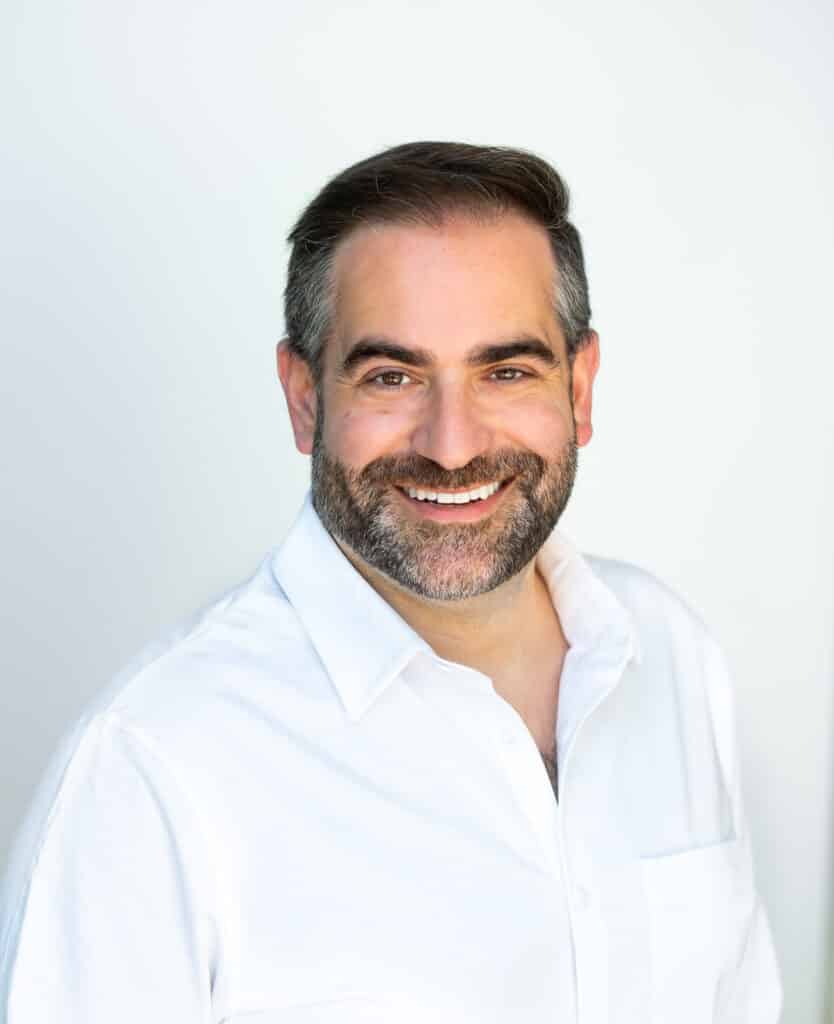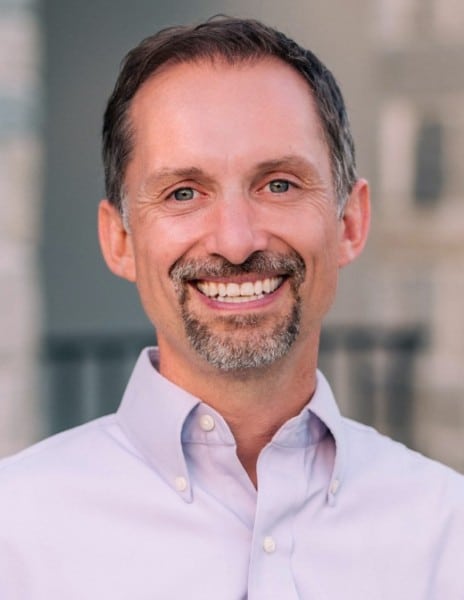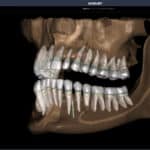Grin’s Dr Adam Schulhof and KLOwen’s Dr Brandon Owen share how their technologies are transforming orthodontics ahead of the Custom + Connected 2025 event.
Orthodontics is increasingly shaped by technology built in the clinic, not the boardroom. Custom + Connected 2025, a 1-day CE event set for October in Richardson, Texas, will highlight that shift through the work of two practicing orthodontists who turned daily frustrations into widely adopted solutions. Adam Schulhof, DMD, founder of Grin, developed a remote monitoring platform to keep patients connected to their orthodontist between visits, improving oversight and efficiency. Brandon Owen, DDS, MS, founder of KLOwen, designed a custom digital braces system to deliver precise, prescription-based treatment with fewer appointments. Together, they’re showing how connected care and customized appliances can work in tandem to improve outcomes, streamline workflows, and meet modern patient expectations. Orthodontic Products spoke to Schulhof and Owen to discuss the problems they set out to solve, how their technologies have evolved, and why they believe integrated digital orthodontics is key to the specialty’s future.
Orthodontic Products: You both launched Grin and KLOwen out of challenges you encountered in your own practices. What specific gaps or pain points in patient care or practice operations were you each trying to solve when you first started developing your respective platforms?

Adam Schulhof, DMD: When I started building Grin, my biggest frustration was the gap between what was happening in a patient’s mouth and when I could actually see it. Too often, issues were identified later than we would have liked simply because the patient wasn’t physically in the chair. I wanted to extend my clinical reach beyond the walls of my practice to identify problems early, guide treatment in real-time, and enhance the patient experience without adding unnecessary visits.
At the same time, I saw the operational strain of juggling full chairs, reschedules, and inefficiencies. I knew we needed a more connected, proactive, and efficient practice model, one that worked for both the orthodontist and the patient.
I’ve always been passionate about advancing our specialty, and as the industry evolved, I saw a major shift in patient expectations. Convenience was becoming the top priority, and DIY teeth-straightening companies were capitalizing on that, often at the expense of professional oversight and safe outcomes. Orthodontists needed a way to deliver that same convenience without compromising quality.
Grin was my answer: a digital platform that keeps patients connected to their doctor throughout treatment, reduces unnecessary chair time, and makes the experience more efficient for everyone. What began as a vision to modernize remote care has grown into a movement, reshaping how practices operate, how patients engage with their treatment, and how our industry embraces digital transformation.

Brandon Owen, DDS, MS: I wanted to eliminate the disconnect between planning and execution in fixed appliance treatment. Traditional braces lacked the precision and control I needed to consistently deliver the outcomes I promised my patients. I was also frustrated by the inefficiencies: multiple repositioning appointments, inconsistent bonding, and too much doctor time per patient. KLOwen was born out of a desire to bring the kind of control and efficiency we expect from digital workflows—without sacrificing the biomechanics of braces.
OP: As a practicing orthodontist-turned-entrepreneur, how has your clinical experience shaped the way you build and evolve your technology? Do you think being chairside gave you a perspective that traditional tech developers may lack?
Schulhof: Absolutely. Being chairside gives you a deep appreciation for what really matters in a clinical workflow. In orthodontics, there’s no time for clunky tools or “cool tech” that slows you down. Every feature we build at Grin has to pass the “real practice” test. Does it save time, improve communication, or enhance care? My clinical background also keeps me focused on the human side of the equation. It’s not just about data; it’s about relationships, trust, and the outcomes that matter. I think that’s where a practicing orthodontist’s perspective is so valuable. We’re not guessing what might help a provider, and we’ve experienced it firsthand.
Owen: Every decision we make is grounded in clinical reality. I’m not building software in a vacuum—I’m treating patients every week. That perspective helps us focus on what actually moves the needle: fewer visits, better finishes, more predictability, happier teams. I think that’s something traditional tech developers often miss. They optimize for features; we optimize for workflow, outcomes, and ROI.
OP: Custom + Connected brings together two very different but complementary technologies—remote monitoring and custom digital braces. What was the catalyst for this collaboration, and what are you hoping attendees take away from seeing these systems working in tandem?
Schulhof: Brandon and I share the same vision: technology should adapt to the provider’s needs, not the other way around. Remote monitoring and custom appliances may seem like separate solutions, but when you combine them, you unlock a new level of efficiency and personalization. The catalyst was simple: We saw an opportunity to bring our platforms together to show orthodontists how they can design treatment that’s both highly customized and continuously guided, even between visits. My hope is that attendees leave inspired to rethink their workflows, not as a series of disconnected steps, but as an integrated journey from day one to debond.
Owen: This event came from a shared belief that orthodontists need solutions—not just tools. Grin and KLOwen each solve different problems, but when combined, they offer a powerful path to efficiency, trust, and growth, and are built to strengthen the doctor/patient relationship and experience. We want attendees to see that it’s not about working harder—it’s about working smarter. This isn’t theory. It’s a real, replicable model that’s working in many practices today.
Adopting new technologies can feel overwhelming to many doctors and their teams. We want to show them it doesn’t have to be and ensure they leave feeling confident. We want to arm them with pro tips they can take to the practice on Monday to build confidence in themselves and their teams about what’s possible on the other side of change.
OP: Dr Schulhof, Grin has been at the forefront of remote monitoring. How has the platform changed since its initial launch, and how do you see virtual care continuing to shift the role of the orthodontist in the years ahead?
Schulhof: When we launched, Grin was primarily a remote check-in tool, marking a significant leap forward in patient convenience. Since then, it has evolved into a comprehensive remote care platform, complete with AI-assisted insights, integrated workflows, and tools that facilitate seamless collaboration between providers. Looking ahead, I believe virtual care will become the default for certain aspects of orthodontics, not to replace in-person visits, but to make them more intentional and impactful. The orthodontist’s role will shift from reactive problem-solver to proactive treatment guide, with more data, more touchpoints, and ultimately, more control over outcomes.
OP: Dr Owen, how has the KLOwen system evolved to meet the changing demands of digital, efficiency-driven orthodontics?
Owen: Early on, KLOwen was focused on proving that custom digital braces could deliver superior outcomes. Now we’re evolving to add focus to meet the operational needs of modern practices—especially when it comes to scalability. That means streamlined digital bonding, software integrations, and a digital lab that feels like an extension of your in-office team. We’re building a custom solution that lets practices do more, with fewer appointments, while still maintaining control and clinical excellence.
OP: You’re positioning this event as clinician-first, with a focus on real-world application rather than theory. Why was that approach important to you in designing Custom + Connected 2025?
Schulhof: Because orthodontists don’t need another abstract conversation about “the future,” we need solutions we can actually implement on Monday morning with confidence from every single person in the practice. Clinician-first means demonstrating exactly how these tools integrate into real cases, schedules, and patient relationships. It’s about taking the guesswork out of digital adoption and proving that you can incorporate innovation without disrupting your practice flow.
Owen: Because orthodontists don’t need another lecture—they need solutions they can use on Monday. We built this event to be practical, honest, and grounded in real practice challenges. Every speaker is an active clinician using these tools, and we’re not sugarcoating anything. It’s about showing what’s possible when you combine innovation with clinical insight.
OP: Dr Schulhof, we’re seeing more hybrid care models emerge—combining in-office and remote workflows. How do your platforms help orthodontists implement that kind of flexible care model without compromising clinical outcomes or patient relationships?
Schulhof: With Grin, hybrid care isn’t about doing less, it’s about doing the right things at the right time. Our platform keeps you connected to your patients between visits, allowing you to address concerns promptly, keep treatment on track, and reserve in-office time for when it’s truly needed. The key is that patients still feel just as supported, sometimes more so, because they have consistent access to their orthodontist’s guidance. Hybrid care done right strengthens relationships and outcomes, rather than diluting them.
OP: Looking ahead, do you see this collaboration between KLOwen and Grin continuing beyond the event?
Schulhof: I do. This event is just the starting point. Our shared goal is to make orthodontics more efficient, more personalized, and more connected, and there’s a lot of room to innovate at that intersection. Whether it’s deeper software integrations, data sharing, joint training programs and playbooks, or new ways to merge appliance customization with real-time monitoring, I think we’ve only scratched the surface of what’s possible together.
Owen: Absolutely. We’re just getting started. There’s so much opportunity at the intersection of custom treatment and virtual care. We’re already exploring ways to integrate more deeply—making it even easier for practices to scale efficiently and deliver a more personalized, data-driven experience. This event is just the beginning. OP
Opening photo: ID 102788279 © Alphaspirit | Dreamstime.com









